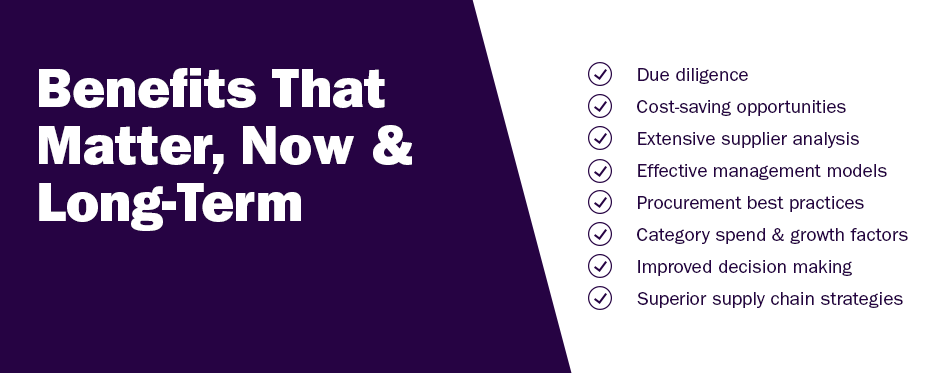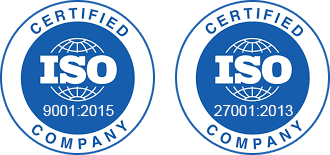The rise in battery demand has fueled the penetration of critical raw materials such as lithium, cobalt, and nickel
Electric Vehicle Battery - Procurement Intelligence
Procurement of electric vehicle battery has received an uptick due to robust passenger vehicle sales and expanding investment opportunities. Prominently, the global market size stood at USD 52.07 billion in 2023. The sales of BEVs and PHEVs surpassed those of hybrid electric vehicles (HEVs) worldwide in 2023. As a result, the requirement for a larger battery size in BEVs and PHEVs is in turn increasing the demand for batteries. IEA 2023 report states that battery demand in China increased by 70% and sales of EVs increased by 80% in 2022 compared to 2021. In the U.S. region, battery demand rose by 80% in 2022.
Critical materials are in greater demand due to the rise in battery demand. For instance, in 2022, lithium demand exceeded supply despite having a 180% increase in production levels since 2017. In 2022, the demand for lithium, nickel, and cobalt increased to 60%, 10%, and 30% respectively mainly for EV batteries. Lithium nickel manganese cobalt oxide topped the battery chemistry chart in 2022 with around 59% to 61% of the total market share. As per IEA 2023 estimates, this was followed by lithium iron phosphate accounting for around 29% to 31% of the share. The third highest battery chemistry was nickel cobalt aluminum oxide (NCA) with a share of around 7% - 9% in 2022.
Collaborative initiatives in battery development have been prioritized to address the challenges of performance, cost, and safety. For instance, IBM Research and Mercedes-Benz joined forces to create a battery that uses materials extracted from seawater. A few other developments include:
-
In August 2023, Hyundai announced its USD 398 million investment in Korea Zinc. Through the strategic partnership, both companies will cooperate on the procurement of key materials for batteries. Jointly, they will establish a secure nickel supply chain first and then focus on other areas such as battery recycling. The deal aims to expand the battery materials business.
-
In April 2022, CATL announced its partnership with PT ANTAM and IBI, Indonesia-based companies. The main aim of this deal was for the EV battery integration project and the joint investment was valued at USD 6 billion. The partnership included the processing and mining of nickel and other EV battery materials for manufacturing purposes. It would enhance CATL’s footprint, reduce manufacturing costs, and ensure a consistent supply of upstream raw materials and resources.
Studies suggest that Chinese OEMs increased their preference for LFP batteries in 2023 and in the preceding year. Nearly 95% of the LFP batteries used in electric LDVs were manufactured in China in 2022. Out of this, BYD constituted around 50% of the total demand. Approximately 85% of the Tesla-manufactured cars using LFP batteries were made in China. The remaining automobiles were manufactured in the U.S. using cells that were imported from China.
The high cost of importing batteries is one of the most significant difficulties that India faces. India presently imports almost all its battery cells from China, Japan, and South Korea, which raises the cost of producing electric vehicles in India. To tackle this problem, the Indian government has announced many incentives and plans to boost local battery manufacturing, including the Production Linked Incentive (PLI) scheme, which provides financial incentives to companies that manufacture sophisticated battery cells in India.
The key cost components include raw materials, energy, labor, packaging, depreciation, facilities and utilities, insurance, and marketing. Raw materials can account for 50% - 60% of the total cost structure. For a single EV battery, the important cost elements are-cathode, anode, manufacturing and depreciation, separators, electrolytes, housing, and other materials. Anode can constitute around 12% of the total cost. On average, cathodes are very expensive as the mineral composition in the cathode is responsible for the power, performance, thermal safety, and capacity of the battery. Cathode types include LFP, NMC, and NCA.
In 2022, the average battery price was around USD 150 per kWh. The cost of battery pack manufacturing accounted for 20% of the total cost. The costs of pack manufacturing have decreased by more than 5% in 2022 compared to 2021. Prices varied across different battery chemistries. For instance, in 2022, LFP battery prices increased by 25% owing to a rise in the prices of battery materials. In terms of battery production, China is the dominating nation worldwide. When procuring, it is important to ensure that manufacturers adhere to proper certifications, and production and emission guidelines. Suppliers are also evaluated on specified parameters such as battery capacity and discharge values, specified EV applications, power calculations, and operating ranges and temperatures.
Request a free sample copy or view report summary: Electric Vehicle Battery Procurement Intelligence Report
Electric Vehicle Battery Sourcing Intelligence Highlights
-
The electric vehicle battery market is moderately consolidated. Increasingly, vertical integrations are being opted by OEMs and battery suppliers to achieve a competitive edge.
-
For a single EV battery cell, the major cost components include cathode, manufacturing and depreciation, anode, separators, electrolyte, and battery housings. Cathode forms the largest component, accounting for 51% of the total cost.
-
The most preferred countries for procuring EV batteries are China, Japan, and South Korea.
-
In terms of operating model, most of the end-user companies engage with their approved providers that meet their desired specifications for battery manufacturing.
Electric Vehicle Battery Procurement Intelligence Report Coverage
Grand View Research will cover the following aspects in the report:
-
Market intelligence, along with emerging technology and the regulatory landscape
-
Market estimates and forecasts from 2024 to 2030
-
Growth opportunities, trends, and driver analysis
-
Supply chain analysis, supplier analysis with supplier ranking and positioning matrix, supplier’s recent developments
-
Porter’s 5 forces
-
Pricing and cost analysis, price trends, commodity price forecasting, cost structures, pricing model analysis, supply and demand analysis
-
Engagement and operating models, KPI, and SLA elements
-
LCC/BCC analysis and negotiation strategies
-
Peer benchmarking and product analysis
-
Market report in PDF, Excel, PPT, and online dashboard versions
Cost Intelligence Highlights
As part of the electric vehicle battery procurement intelligence report, Grand View Research has identified the following key cost components:
-
Raw Materials
-
Energy
-
Labor
-
Packaging
-
Depreciation
-
Facilities and Utilities
-
Insurance and Marketing
-
Others
Raw materials form the largest cost component of the electric vehicle battery.
Electric Vehicle Battery-Key Suppliers
-
Contemporary Amperex Technology Co., Ltd. (CATL)
-
LG Energy Solution
-
BYD Company Ltd.
-
Panasonic Corporation
-
Samsung SDI Co., Ltd.
-
SK Innovation Co., Ltd.
-
Toshiba Corporation
-
EnerSys, Inc.
-
Mitsubishi Corporation
-
Hitachi, Ltd.
-
Tesla, Inc.
-
Gotion High Tech Co Ltd (Guoxuan High-Tech)
Pricing & Purchase Options
Service Guarantee
-
Insured Buying
This report has a service guarantee. We stand by our report quality.
-
Confidentiality
Your transaction & personal information is safe and secure.
-
Custom research service
Design an exclusive study to serve your research needs.
-
24/5 Research support
Get your queries resolved from an industry expert.


